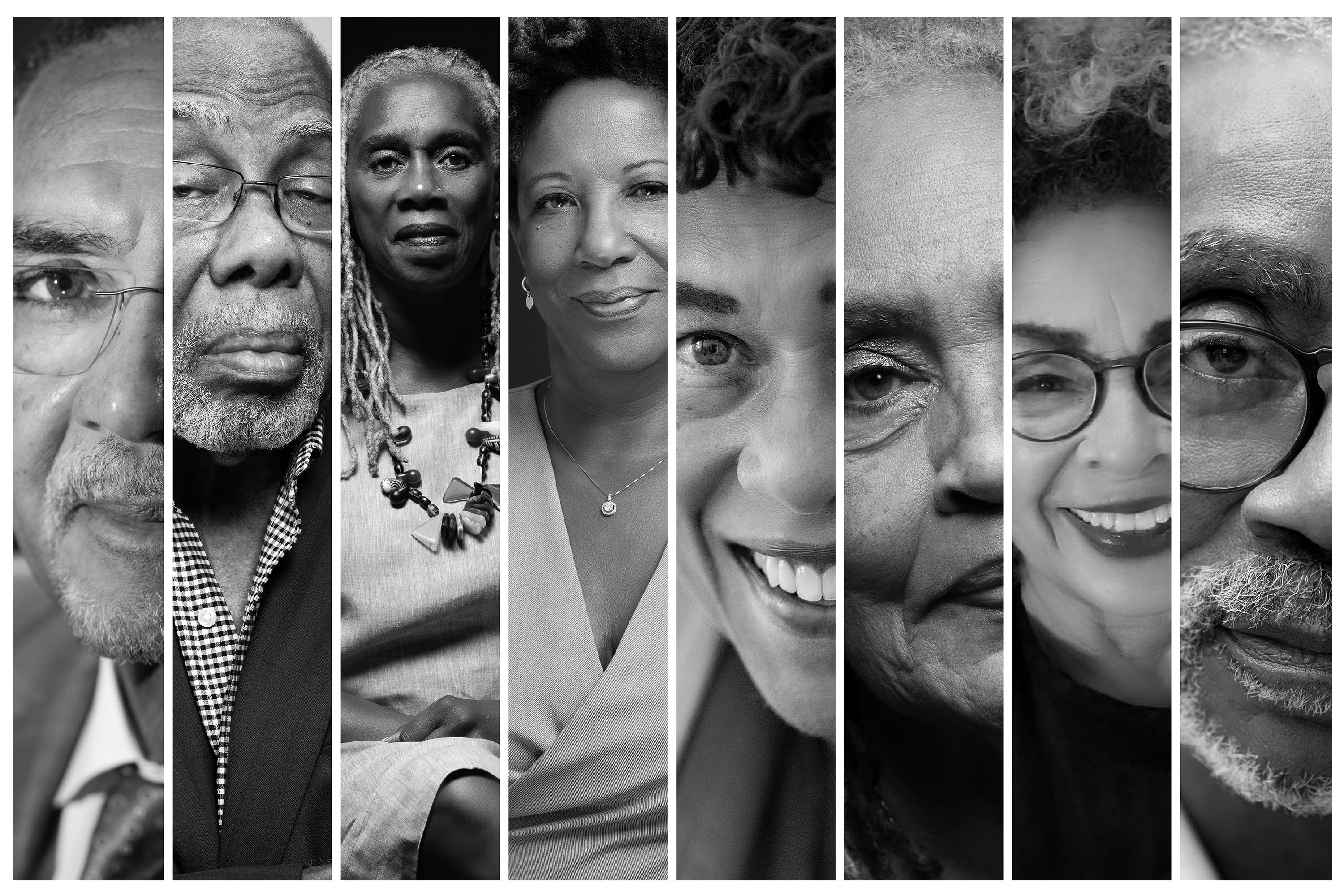Meet Sarasota's Yara Shoemaker, Whose Brand Debuted at New York Fashion Week Last Month
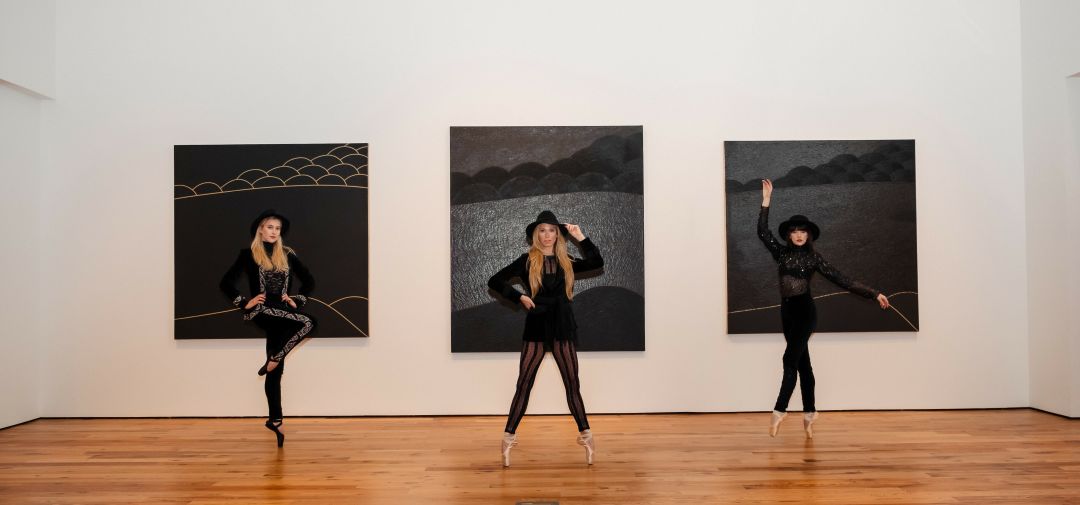
Sarasota ballet dancers modeling for Fovari
Image: Courtesy Photo
During the pandemic—a time when everyone was turning to sweatpants and messy buns—Sarasota's Yara Shoemaker, founder of Fovari, had something else in mind. She saw the need for a new line of sleek, elegant fashion pieces that would embrace the female form instead of hide it. After many Zoom meetings and phone calls, Fovari was born. The sustainable couture brand elevates everyday styles into glamorous, runway-ready fashion.
Fashion has always been in Shoemaker’s blood. She grew up in Syria, where she fell in love with fashion through her mother’s closet. After immigrating to the U.S. at the age of 24, Shoemaker went on to become editor in chief of the female lifestyle and fashion magazine Femme Rouge and in 2006 launched a Sarasota-based private fashion label and boutique.
Following Fovari's debut at February's New York Fashion Week, we spoke with Shoemaker about the brand, the inspiration behind her designs and a whole lot more. The interview has been condensed and edited for clarity.
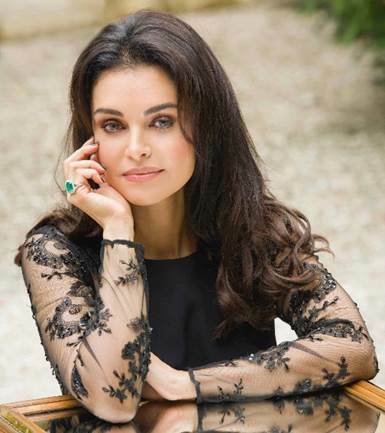
Yara Shoemaker
Image: Courtesy Photo
What does Fovari mean?
“Fovari is a twist on the word 'favorite'—but not just in English. It is actually French for 'favorite.' The whole vision for our brand is to create pieces that become everyone’s favorite.”
How do you define fashion and femininity?
“Fashion is a way of expressing ourselves. It’s a way of communicating how we feel without using words. It reveals who we are, what we value and how we desire to be seen. Fashion has the power to not only reflect how we feel, but to transform it. When we feel good in our clothes, we carry ourselves differently.
“Femininity can exist in many different forms and styles. Modern can be feminine. Classic can be feminine. It really begs the question: What are feminine clothes? Is it graceful curves, or is it clean lines? For me, it’s about exploring the edges of a woman’s body. Seeing her form presented with a subtle sensuality. It’s about not overpowering her form, her allure. It’s about letting her raw beauty shine.”
Your mother’s closet was one of your earliest fashion inspirations. Was there a certain piece that stood out to you?
“I still have my mother’s dress that made me fall in love with fashion. From the top to the waist is fitted black velvet. From the waist to the knees, it’s made of flowing purple, duchess silk satin. The touch of golden embroidery at the waistline complements the rich colors. This dress is from the 1980s, and yet it still leaves me in awe. The darkness of the velvet against the brightness of the purple is genius. It’s timeless. It is a masterpiece."
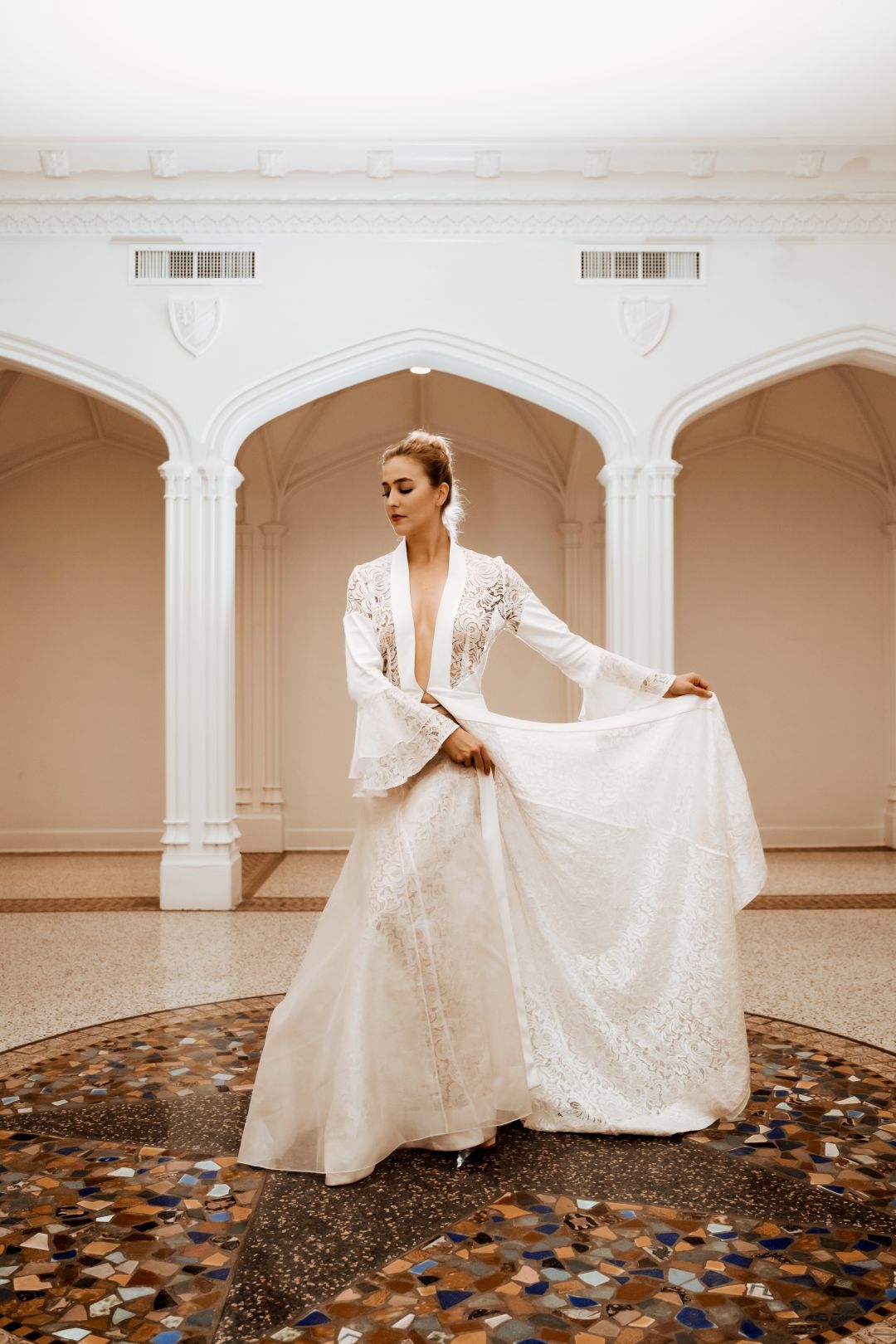
Fovari's kimono
Image: Courtesy Photo
Syrian ruins and Lebanese designers like Zuhair Murad and Elie Saab influenced you. Tell us a little about how.
“The first thing to notice about ancient Syrian ruins is their symmetry. The designers were masters of proportion and balance. So much went into making sure these structures were comfortable for the human eye.
“The most remarkable thing about ancient Syrian ruins is that they’re still here. They’re still standing. Some of these ruins have been standing for thousands of years. I think these ruins were the birthplace of timeless beauty. For every Fovari piece, I ask myself, ‘A hundred years from now, will people still find this design beautiful?’ That’s our goal, and if the answer is no, we go back to the drawing board.
“Lebanese designers are masters of sensual design. Their work laid the foundation that built my fashion taste. I want to now take what they’ve built and make it more modern, like using fewer embellishments on classic cuts. These designers don’t just create pieces, they create moments—memories. I can still remember each and every time I saw someone wearing their dresses—who was wearing it, what they were wearing. Those details live vividly within me. That’s remarkable, isn’t it? To create a piece of clothing so exquisite that others remember it decades later. That’s the ultimate validation for a designer: to make history.”
What was the inspiration behind Fovari’s fall and winter 2022-2023 collection?
“The answer is as simple as the collection name itself: DNA. These pieces are as much a part of me as are the inspirations behind them—my mother and my Syrian heritage.
“Growing up, I was endlessly awestruck by my mother's clothes and the beauty of our country. She loved rich velvet and shimmering embellishments, which is why I made sure to include both of these elements in my DNA Collection. I would sit and watch tailors working with the velvet and hand-placing embellishments on many of her gowns. I quickly learned that when something is constructed well, whether it be a building or a brilliantly tailored jacket, it will last forever. So I thought, 'Let’s take everyday clothing and construct it perfectly. Let’s build these garments with the highest craftsmanship and the finest embellishments.' This collection is all about turning informal classic staples into eye-catching statement pieces.”
Do you have a favorite piece in the current collection?
“That’s a very tough question. It’s like asking a mother, ‘Who’s your favorite child?’ Of course, she will say that she loves them all... but she bonds with each one differently. That’s how I feel about the pieces in my collection. I love each one differently. For example, I love the jacket dress for the convenience factor. It could be a dress. It could be a jacket. It’s sexy. It’s timeless. Wear it with a nude dress and it’s very seductive. Combine it with pants and a tank top and it’s perfect for a meeting."
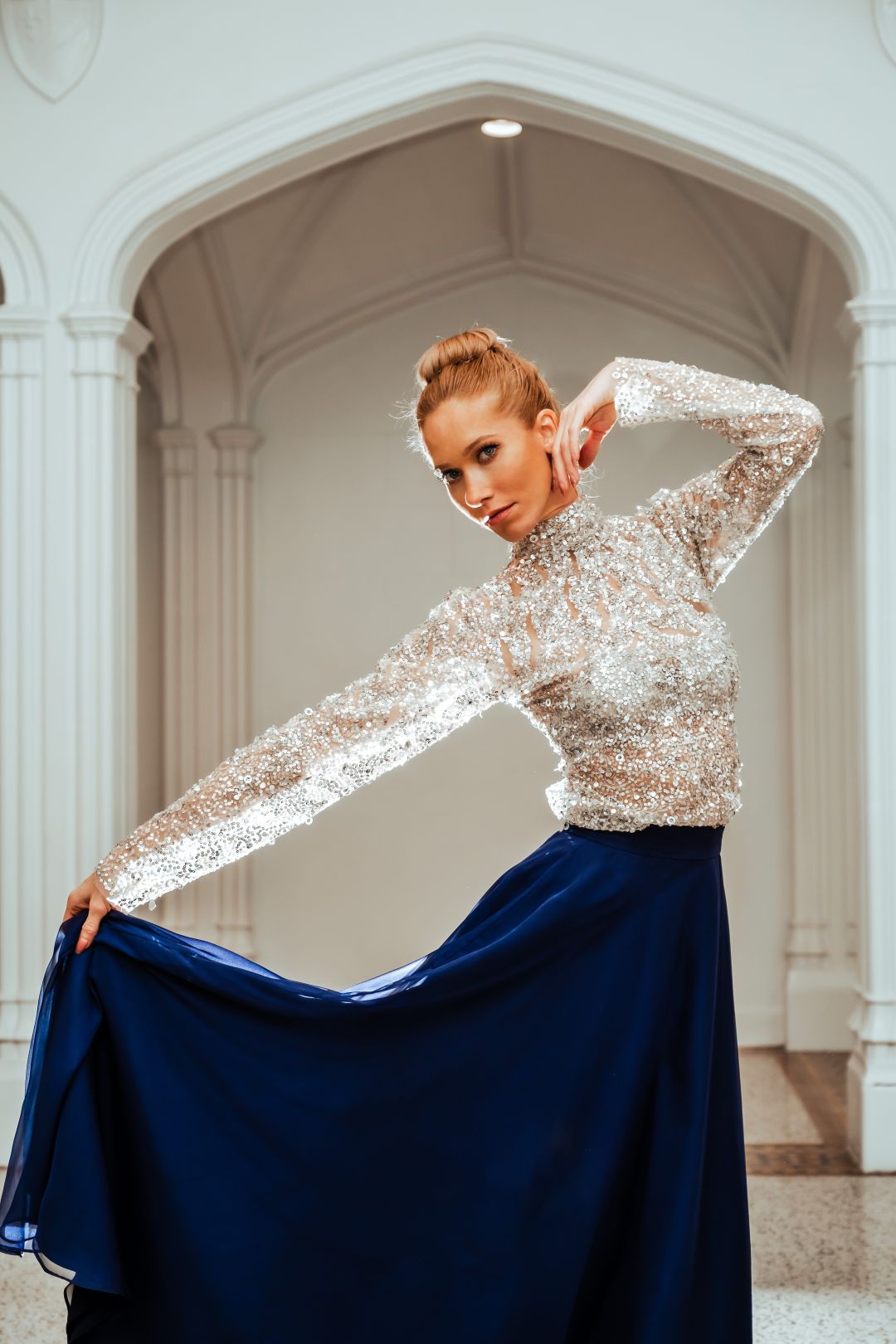
A Sarasota ballet dancer models Fovari's sparkly top and navy skirt.
Image: Courtesy Photo
Fovari launched at New York Fashion Week. What was that experience like?
“Leading up to Fashion Week, I was exhilarated but also very nervous. It was my first NYFW, and I was determined to do something outside of the box. I wanted to be different. But with any great innovation, there’s great risk. Not knowing what the public response would be left me somewhat apprehensive. Maybe people would think it was great. But maybe people would think, ‘She didn’t follow the rules.’ I am famous for not following the rules. But I stayed focused and true to myself.
“The resilience of our pieces and the flexibility of our designs were my overall focus. Instead of just models wearing our clothes, I envisioned the pieces seen in an explosion of motion. Dancers doing pirouettes in Fovari pants. Ballerinas doing splits in Fovari gowns. Then as I watched the show, I felt a million different emotions—nervousness, excitement, pride.
“In the end, I was confident in our team, our pieces and our presentation. And the media honored that.”
Why did you choose the Sarasota Art Museum as the location for your New York Fashion Week shoot?
“There’s so much to love about Sarasota: rhe nature, the weather, the beautiful beaches, the kind people. And then there’s Sarasota’s art scene. Every year, we bring different kinds of art movements into this small—though now not too small—city. The results are just phenomenal.
“That’s partly why my husband and I have been supportive of the Sarasota Art Museum since it was just an idea. We believed—and still do—that Sarasota deserved its own modern art sanctuary. Well, now we have one and I was honored to film in it. It was the perfect backdrop for a video celebrating art.”
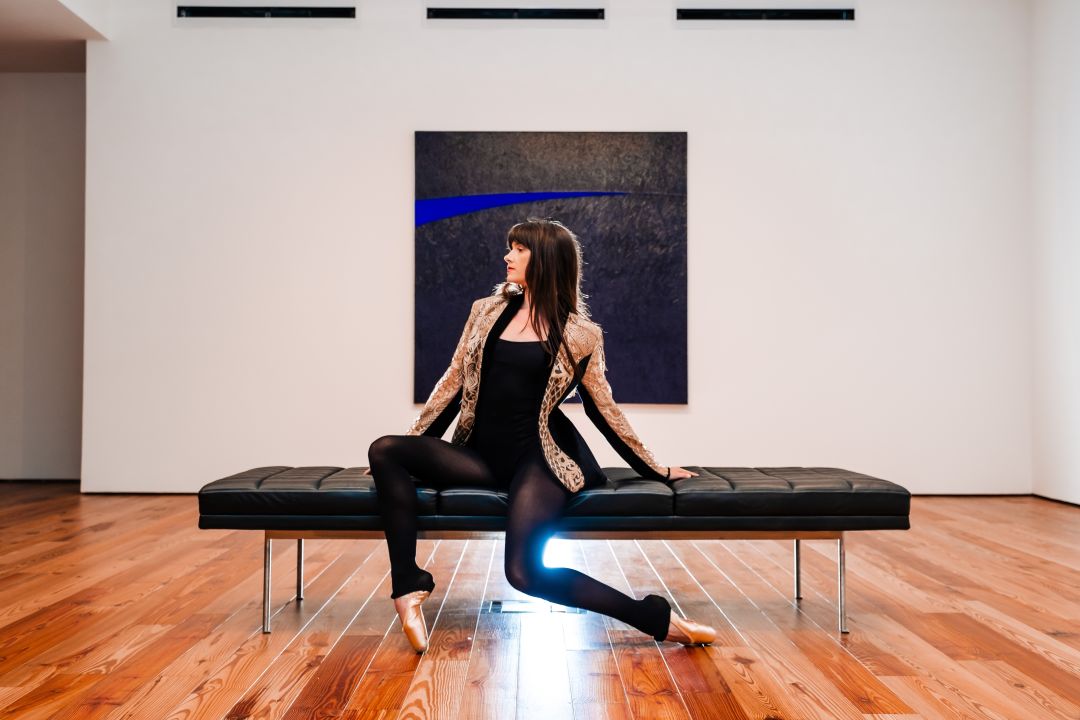
Fovari's gold mesh blazer
Image: Courtesy Photo
What was it like working with ballet dancers as opposed to fashion models?
“When I proposed the idea, everyone thought I’d lost my mind. But I had a vision.
“For me, ballet is the moving embodiment of beauty and grace. How could Fovari not look good in that? Sure, pants are made for walking—not for splits and pirouettes. But I knew our clothes were strong enough to support that. I was certain this wild idea would become a masterpiece. Our presentation could have never happened without the masterful dancers from the Sarasota Ballet. They are world-renowned ballerinas who each added their own magic to our pieces. Fovari never looked better.”
Do you have any behind-the-scenes stories you can share?
“Now that NYFW is over I can share that before the day of the shoot, we’d never met the dancers. No fitting—nothing. One hour before filming began, the dancers were trying on our pieces for the very first time. We also only had a four hour window to make the entire production happen. It was absolute madness! Our Garden Midi dress didn’t even fit the dancer we put it on. Using the few materials we had on hand, we quickly redesigned the back of the dress. The straps that were once too big were now joined together and a beautiful, black, embellished flower was added. We no longer had a sizing issue. We had a new unique design element that completed the dress in a way we didn’t even know it needed.
“They say practice makes perfect. But on this particular day, winging it created magic."
For more information on Fovari, visit the brand's website.


